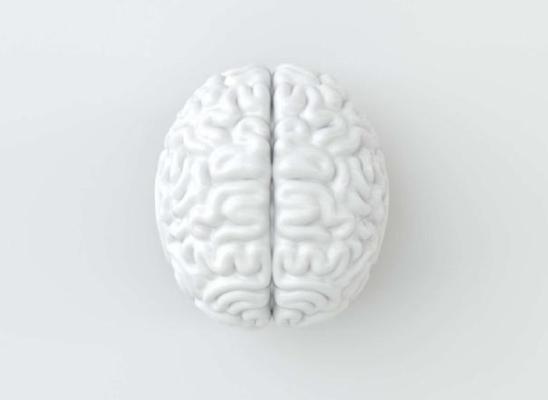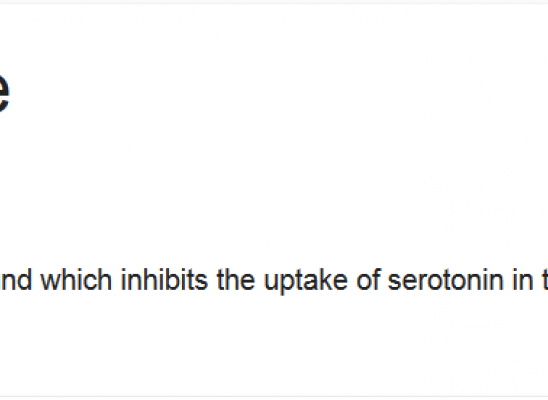Trichotillomania Prevalence

Online test
Find out the severity of your symptoms with this free online test
Trichotillomania or "trich" is a disorder on the Obsessive Compulsive Disorder Spectrum and is portrayed by the overwhelming desire to pull out one's hair and is normally persistent and hard to treat. This usually leads to hair loss or baldness (contingent upon the affected area of pulling), pain and in many cases, functional or social isolation. Epidemiologic studies for trichotillomania have been sorely lacking in the field of scientific research, but there is a growing recognition of the need for prevalence studies to understand how often trichotillomania occurs in different groups of people and why.
Prevalence of trich
Studies show that more than 2.5 million people in the U.S. may have trichotillomania at some time during their lifetimes. Trichotillomania is diagnosed in all age groups, onset is more common during preadolescence and young adulthood, with mean age of onset between 9 and 13 years of age, [and a notable peak at 12–13. Among preschool children the genders are equally represented; there appears to be a female predominance among preadolescents to young adults, with between 70% and 93% of patients being female. Among adults, females typically outnumber males by 3 to 1.
Are treatment options the same for both genders?
Trichotillomania treatment options are the same for both males and females. There is no one treatment that has been found to be effective for everyone but different combinations of the various therapeutic interventions can work to limit the hair pulling behaviour. The most common include:
- Medication: Sometimes antidepressants, anti-anxiety medications, and further medications that address other issues behind compulsivity.
- Traditional therapy. One-on-one cognitive behavioural therapy is usually the treatment of choice because it’s a therapy that focuses on learning new positive behaviours to replace negative behaviours.
- Alternative therapy. Animal-assisted therapies, creative therapies, active therapies.
- Support groups. Twelve-steps and other groups where participants focus on recovery from trichotillomania.
Trichotillomania and genetics
There is no clear study of what really causes trichotillomania, or why some people will develop it while others don’t. Trichotillomania is a chronic behavioural disorder characterized by the irresistible urge to pull out one's hair, resulting in noticeable hair loss. Clinically, Trichotillomania is strongly believed to belong to the obsessive-compulsive (OCD) spectrum. A recent study suggests mutations in a gene called SLITKR1 may play a role in the development of trichotillomania in some families. The mental disorder may cause people to compulsively pull their hair out, resulting in noticeable hair loss and bald spots.

Medical Researcher Stephan Züchner, MD, of the Duke Centre for Human Genetics, found that genetic mutations only account for a small fraction of trichotillomania cases, but believes that the findings may help lead to a better understanding of this unusual disorder. Research estimates that these mutations only account for about 5% of trichotillomania cases. Although the SLITRK1 gene is the first to be linked to trichotillomania, researchers believe that there many other genes that likely contribute to the disorder. The SLITRK1 gene could be among many other genes that are likely to interact with each other to trigger trichotillomania and other psychiatric conditions.
Source: Züchner, S. Molecular Psychiatry, October 2006, vol 11. News release, Duke University Medical Centre.
Online test
Find out the severity of your symptoms with this free online test
Start your journey with TrichStop
Take control of your life and find freedom from hair pulling through professional therapy and evidence-based behavioral techniques.
Start Now



